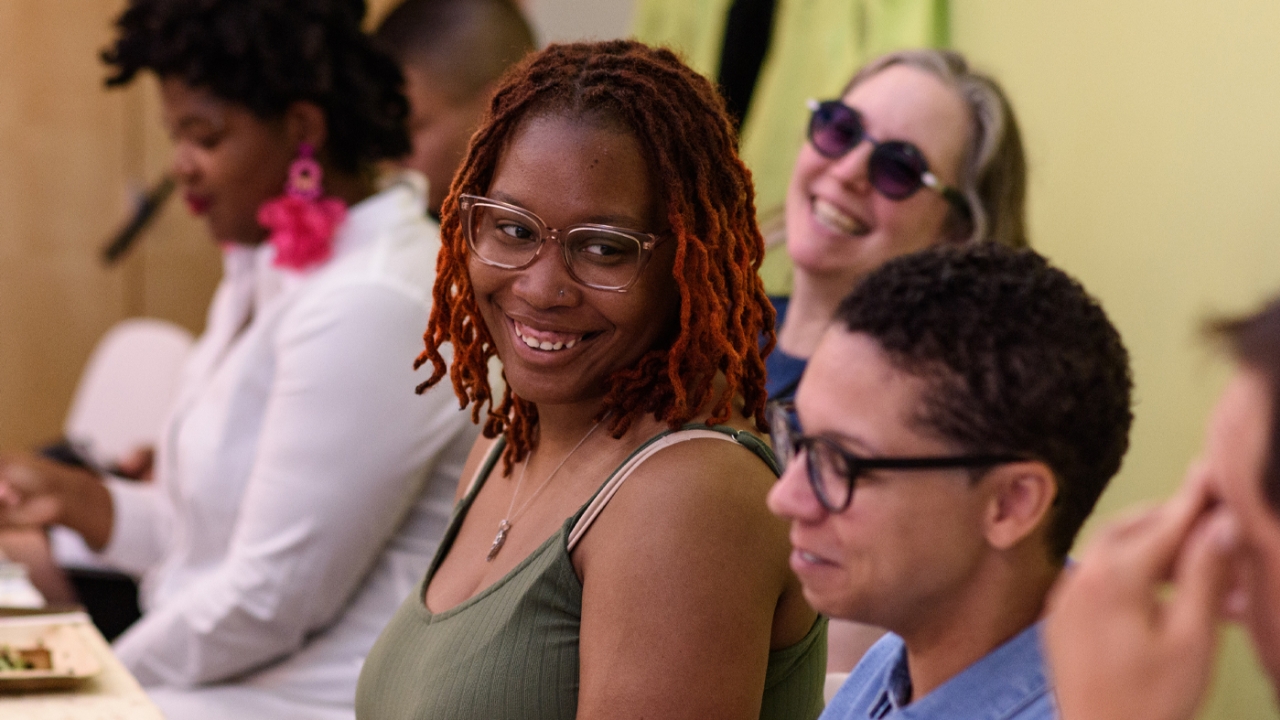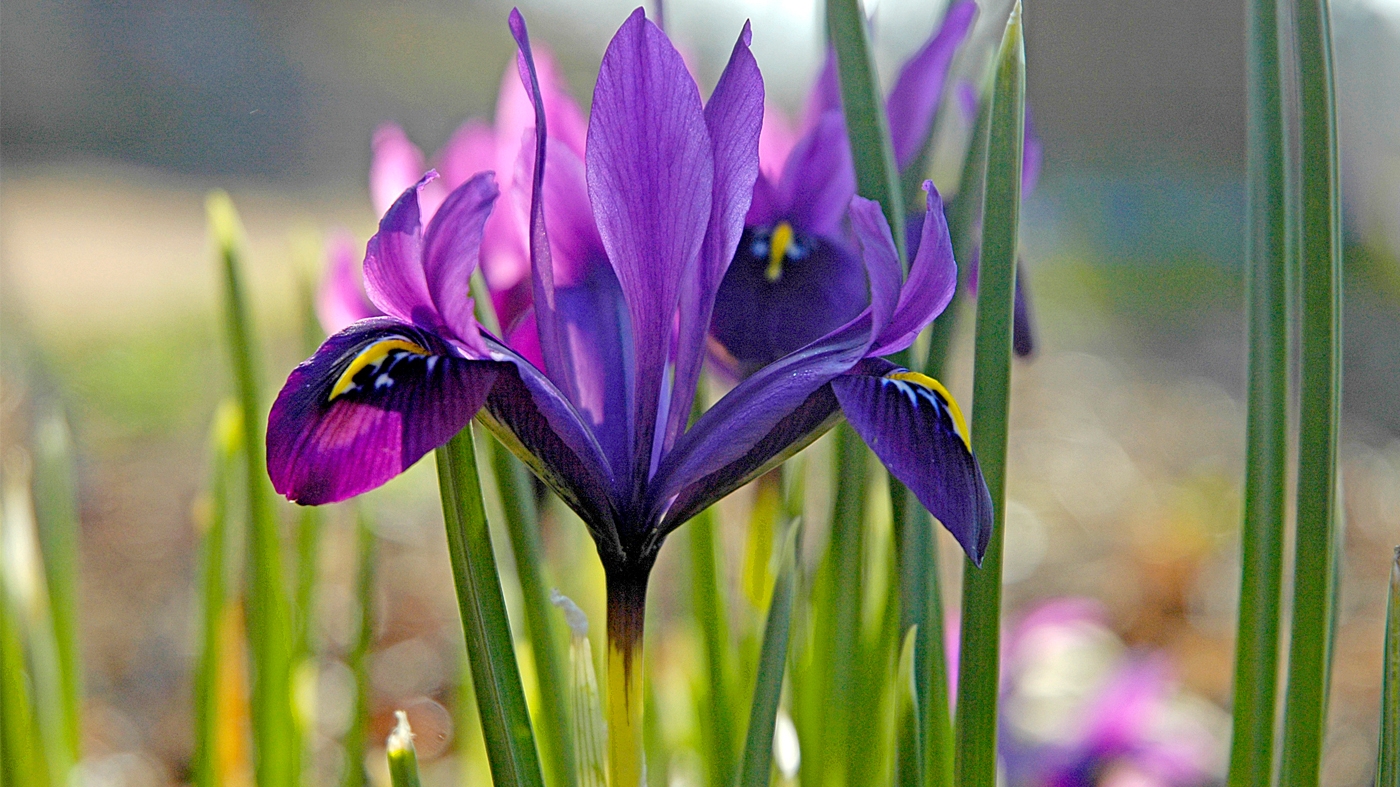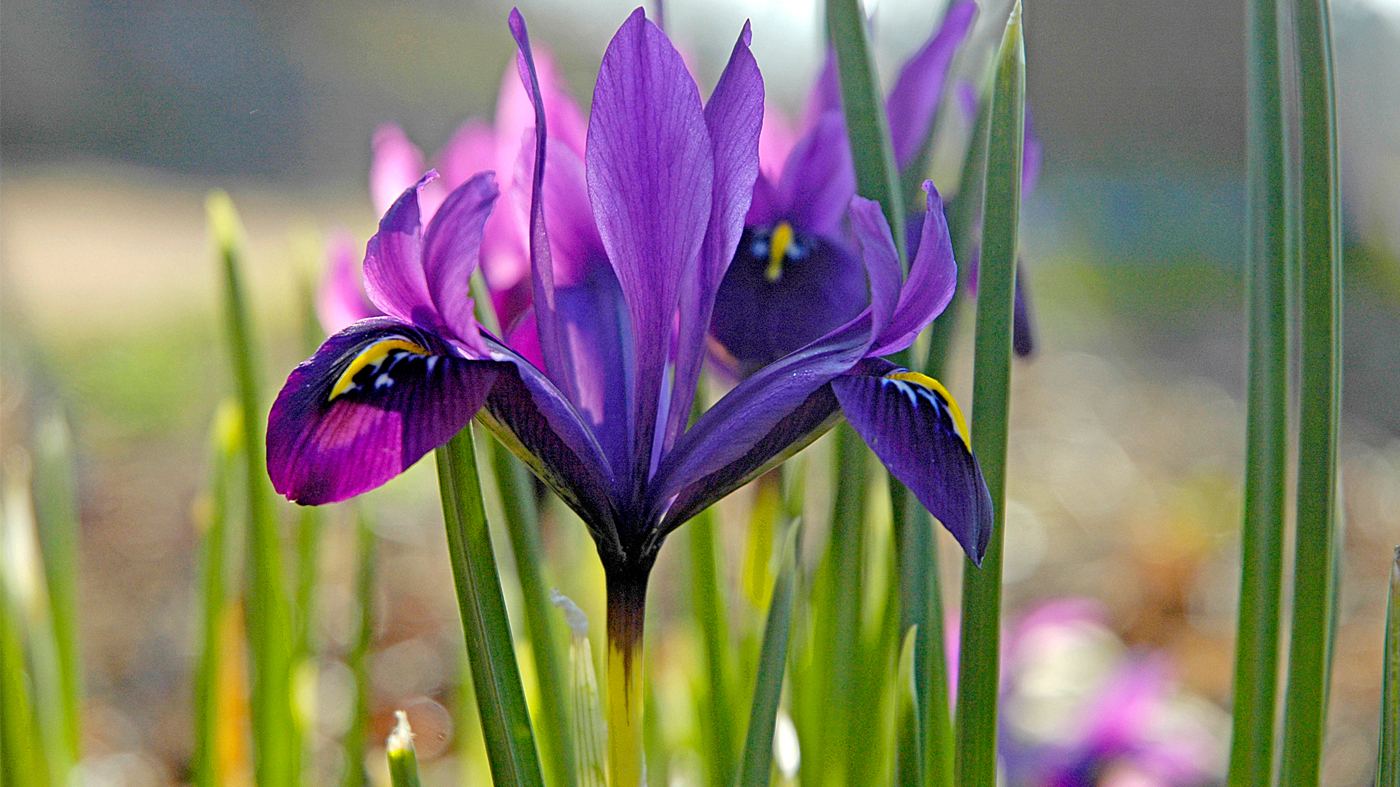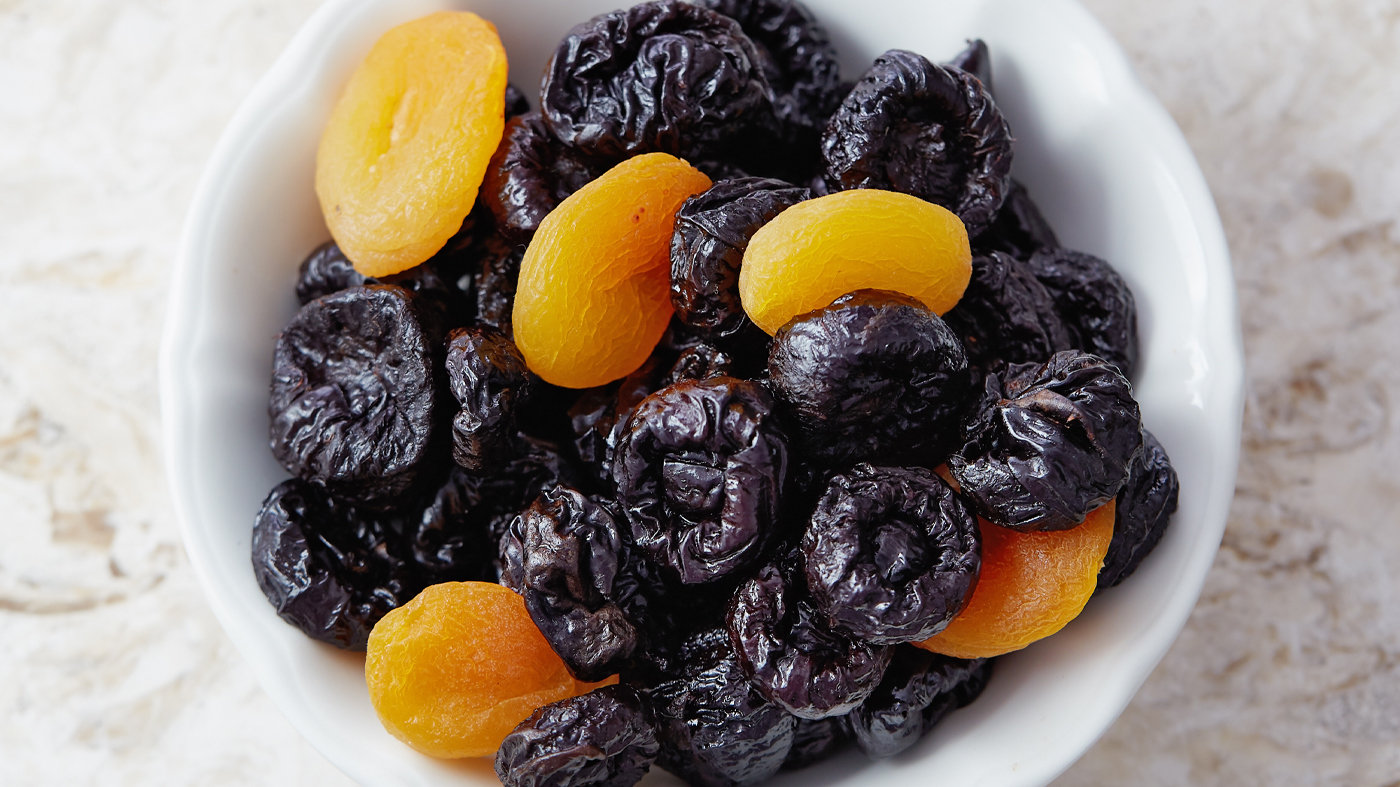

Taste of Community
Chicago Botanic Garden,
Main Campus
Elory Rozner
Frucht
(according to great aunt Rosie who I never met, and also accordingly to Google)
Instructions + Ingredients
Step 1: Reflect
Reflect on how and why you have zero family recipes, and nearly zero knowledge about your grandparents, aunts, uncles. Sure, a recipe would be nice—but even better would be a name, country of origin, cause of death, you get the point. Set a limit for this reflection—less is more here.
Step 2: Brainstorm
Given the complete lack of ancestral knowledge, traditions, or recipes, brainstorm how to generate a dish for this convening.
Think: Do I go with the sweet and sour cabbage soup I grew up with and have good memories of—but that my daughter has never even tasted, so could it really have been that meaningful? Pursue that question again and again: the dreaded meatloaf, the egg beaters, the oatmeal…actually oatmeal might be exactly right, but how crazy would that be to make oatmeal for this occasion?
Think: Maybe don’t go with something from the past—and instead focus on something from my present, something in my now/new nuclear family of my husband, daughter, and me. But no, the past, the continuity, the lived experience is what we’re aiming for.
Remember your dad telling you about his aunt and uncle—Rosie was her name and I don’t remember his name. More people I never met that nobody ever talks about. Rosie and her husband lived above a small grocery store, a neighborhood market. My dad spent a lot of time over there, and Rosie would make stewed fruit. She emigrated from Eastern Europe—who knows where, because I’ve been told Russia, Latvia, and Lithuania—spoke very little English and pronounced fruit FRUCHT. My dad also sometimes said/says frucht sometimes, and it made/makes us laugh.
Feel grateful to have decided on a dish
Step 3: Adjust
Remember that there is indeed no actual recipe (see above: lack of family history) and make peace with the idea of merging memory with Google.
Find many recipe options, including one posted online from the mom of a friend I knew 30 years ago—but realize her version is fancier than the childhood dish or the memory of the childhood dish and keep searching.
Decide on a hybrid of several recipes from several sources.
Step 4: Procure
This is hard to do when you don’t have a recipe, but not impossible. Go to your pantry and then the store.
Step 5: Prepare
In a small Dutch oven, pour 1 1/2 cups of orange juice and 1 1/2 cups of water, except slightly more orange juice and slightly less water. Think about how good apricot nectar would be instead of orange juice but discipline yourself to say it's fine, it’ll be fine. Allow the mixture to boil. Add some maple syrup and cinnamon—how much is anyone’s guess. Rosie isn’t here. Upon boil, turn down the heat and let the liquid simmer for 10 to 15 minutes.
While the mix is simmering, chop a bunch of dried apricots and prunes. Eat many while chopping. Pour a bunch of raisins on top of the chopped fruits. Important: the raisins must be GOLDEN. This is crucial—golden raisins are definitely a direct line from me to my dad to his family of origin.
Chop some ginger—for sure was never in a childhood version but appears in many Google versions and sounds nice.
Dump or gently place the dried fruit into the liquid and let the thing do its thing. Stir occasionally.
When it’s done, and this determination is subjective like so many things in life, remove from heat. When it’s cool, place in container to store in the refrigerator. Resist eating all of it before serving.
Step 6: Share
And here we are. Scoop a tiny amount onto spoons and invite friends to try. For the mythical aunt Rosie and for all of the others out there like her—unknown but somehow not forgotten, somehow still here—enjoy this FRUCHT.


